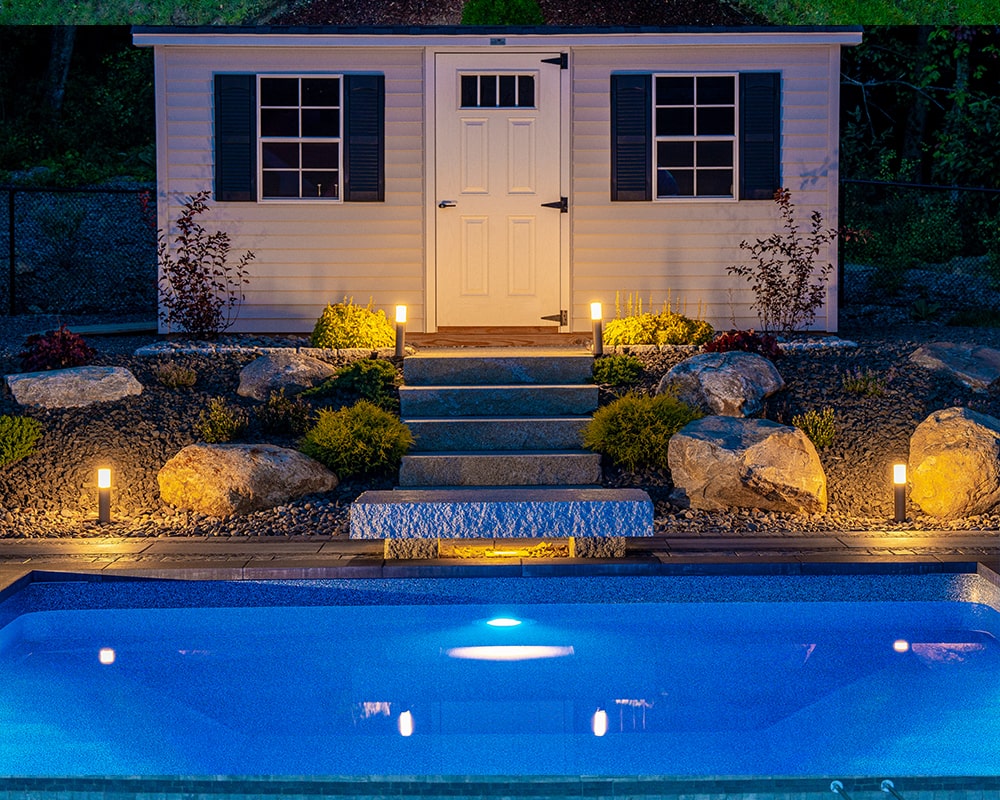How Paying For A Design Will Save You Money
One of the most common questions we get from potential clients is, “Do you charge for estimates?” It’s a fair question, especially since many clients lack experience working with contractors and are trying to understand the potential upfront costs and the process. Even clients who have worked with contractors multiple times may find that each contractor has a different setup and process. After nearly 20 years in the contracting business, let me explain how paying for a design at the front end of a project will actually save you money.
Proper Planning Prevents Poor Performance. This age-old adage is true in many aspects of life and certainly applies to construction projects of any size. Without a well-thought-out and detailed plan, you’re simply hoping things go well and stay on budget. Without a proper design/plan, this is a rather optimistic outlook.
A design allows experienced professionals (your contractor and design professional) to slow down and thoroughly examine all aspects of a project, considering factors beyond costs, such as how the new project will interact with existing elements. Taking the time to think through different details leads to a better-functioning project and more accurate cost estimates because fewer things are assumed or potentially missed when planning/pricing from memory or notes. This means fewer allowances need to be carried on a project.
A design is also an excellent way for both parties to clearly communicate their agreement. We’ve all seen instances where people agree to something but have different understandings and assumptions. Getting a project design down on paper makes it clear what the scope of the project is and isn’t, benefiting everyone involved. Specifically related to costs, a design allows for clear definitions of the following:
- Scope of work: Clearly outlines what the project will entail and what it will look like at the end, preventing surprises about what is included in the pricing.
- Materials: Ensures proper materials are specified, eliminating confusion and capturing changes as they are made. Materials are a big driver of costs, so accurate material specification is crucial.
- Trades involved: Identifies all necessary trades (e.g., plumbing, electrical) to avoid overlooked costs.
- Permitting and inspection: A good plan makes these processes easier, saving time and money.
- Project completion: Identifies any additional work needed outside the project’s initial scope, ensuring comprehensive cost estimates.
Trying to get accurate pricing upfront without a design is like shooting in the dark. It’s unlikely to succeed, and at least one party will be unhappy with the process. Home projects are often among the largest investments people make, so approaching them without a good plan is unwise. Some people still believe that a free estimate with a low price is the best way to start a project. To each their own, but please understand how different the outcome is likely to be compared to a properly planned and well-thought-out project.




